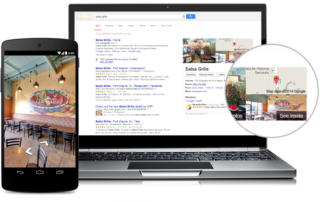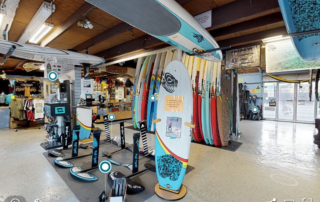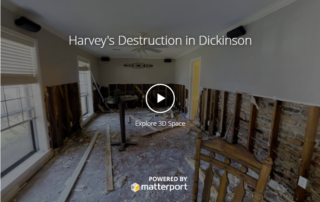Benefits of Adding a Virtual Tour for Real Estate
The benefits of using virtual tours to attract real estate buyers have multiplied over the years. Now, you can’t afford to run your real estate business without having virtual tours on your website. They’re convincing interactive tools that clients use to see exactly what they want in a home. REASON TO USE VIRTUAL TOURS IN






